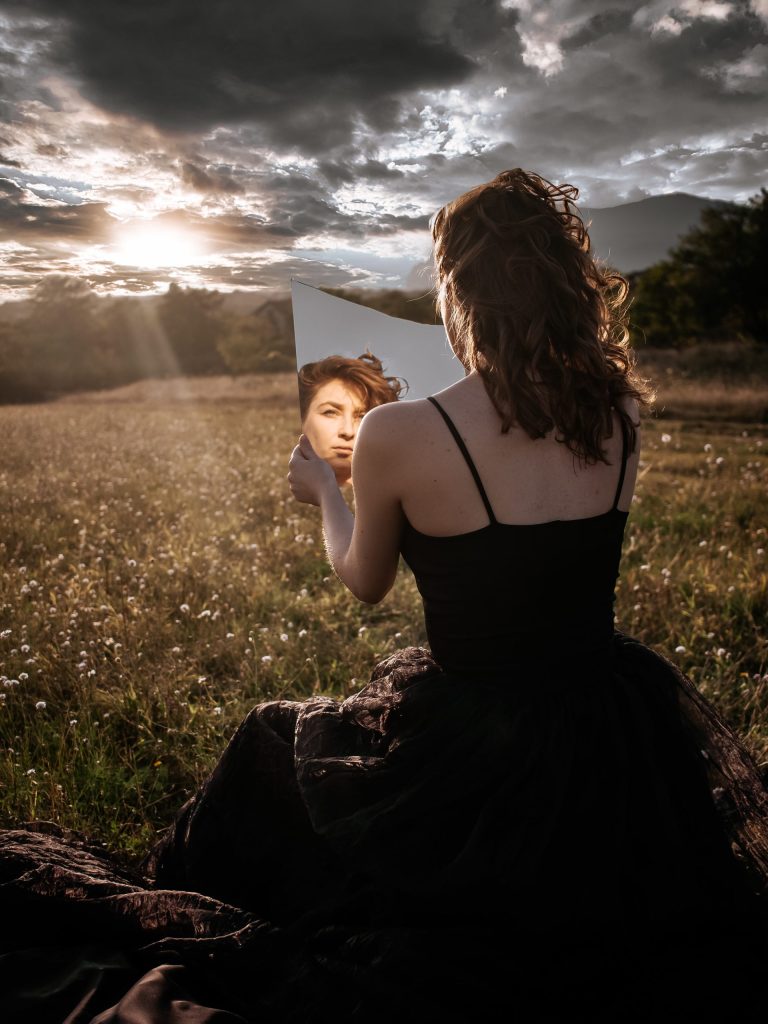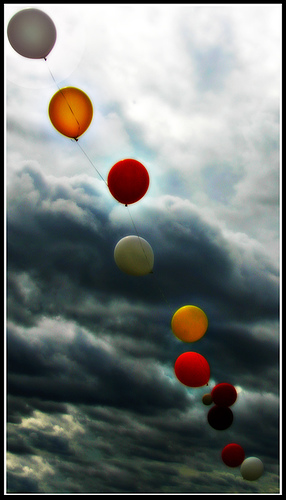Cinematic POV—Anything but Subjective
In last week’s post I introduced the POV shot used in movie scripts. In a screenplay, when a POV shot is specified, the writer is instructing this segment of film to be shot as if looking through the eyes of a particular character (or object, as we saw in the excerpt from The Fugitive). Sound familiar? It’s exactly what novelists do all the time. But there’s a difference.
Remember, the camera has no thoughts or feelings; it only observes and records. It’s a way of shifting what the camera is seeing, but it’s not subjective. It’s wholly objective. And this, for most novelists, is a bit foreign. For, POV and subjectivity seem to go hand in hand, right? Not in screenplays.
Using the camera shot POV is a great technique novelists can imitate. For some writers, the idea of showing a scene completely devoid of emotion, reaction, internalizing, and opining may seem counterintuitive—or downright counterproductive. Isn’t the whole point to tell a story up close and personal?
When You Don’t Want to Get Personal
Sure. But there may be times when you want to see action happening without coloring it with any subjective tint. When you want a feeling of emotional distance. Some writers excel in this technique, and their novels become a visual palette of story shown as if through an impersonal camera. The effect is often profound and evocative. Why? Because it is left to the reader entirely to come up with what isn’t shown or told, to assess the emotional content and intention of the characters and the story unfolding.
Perhaps one of the best among contemporary writers at using the POV shot is Cormac McCarthy, who won the Pulitzer for his post-apocalyptic novel The Road. I’ve read most of McCarthy’s novels, but I have to admit that when I first opened All the Pretty Horses, I got so frustrated by his impersonal style and run-on sentences that I almost gave up. At first it really irritated me, but then, after I allowed myself to go with the flow of his writing style and follow his camera, I became enthralled. It took some getting used to, and I don’t know if many writers can “pull it off” the way he can and still engage the reader and make her care for his characters, but he makes it work.
Here are two short paragraph excerpts as examples—the first from The Road and the second from Cities of the Plain. Note the impersonality of the description as he uses the POV shot.
When he got back the boy was still asleep. He pulled the blue plastic tarp off him and folded it and carried it out to the grocery cart and packed it and came back with their plates and some cornmeal cakes in a plastic bag and a plastic bottle of syrup. He spread the small tarp they used for a table on the ground and laid everything out and he took the pistol from his belt and laid it on the cloth and then he just sat watching the boy sleep.
It was late when he got back but the light was still on in the kitchen. He sat in the truck for a minute, then he shut off the engine. He left the key in the ignition and got out and walked across the yard to the house. Socorro had gone to bed but there was cornbread in the warmer over the oven and a plate of beans and potatoes with two pieces of fried chicken. He carried the plates to the table and went back and got silver out of the dish drainer and got down a cup and poured his coffee and set the pot back over the eye of the stove where there was still a dull red glow of coals and he took his coffee to the table and sat and ate. He ate slowly and methodically. When he’d finished he carried the dishes to the sink and opened the refrigerator and bent to scout the interior for anything in the way of dessert. He found a bowl of pudding and took it to the sideboard and got down a small dish and filled it and put the pudding back in the refrigerator and got more coffee and sat eating the pudding and reading Oren’s newspaper. The clock ticked in the hallway. The cooling stove creaked. When John Grady came in he went on to the stove and got a cup of coffee and came to the table and sat down and pushed back his hat.
By using this POV shot, McCarthy just shows the bare bones of action with commentary, thereby inviting the reader to supply her own. At first glance, it may appear to be boring narrative. But the result of this technique is a masterful picture of era, locale, and, yes, character (Remember, The Road won the Pulitzer Prize in 2007). For, the things we do reveal much about who we are. POV shots are the ultimate “show, don’t tell.”
Of course, writers don’t have to write entire novels in this style or solely using a POV camera angle. There may be a scene here and there in which this might be the perfect camera shot. Maybe you are writing a mystery and you want to show a sequence of events happening but don’t want to clue the reader in on the importance of what is being seen. Or, for that matter, perhaps not even whose point of view the camera is seeing from.
Preparing to Put It All Together
We’ve now gone through the basic stationary and moving camera shots. You have an idea of what each shot is and how it might be used in a screenplay or novel. But as you know, no movie or novel is “shot” using just one camera angle. Each scene needs to be planned out and the best shots chosen for greatest impact.
Remember, the goal is to lead to the high moment of each scene, and it will take a number of shots to get there, and some shots often will follow after that high moment as well. Filmmakers will sometimes “storyboard,” which means they actually sketch out frames of images implying which shot will be used when, how, and focusing on what. If you’re good at drawing or can even manage a few stick figures, you could try laying out your scenes on big pieces of poster board. But you can also jot down camera shots in a list, playing around with them until you have a sequence that will meet your needs.
Whatever method you use, know you now have your writers’ toolbox filled with all kinds of neat camera shots you can use to shoot your novel. So next week we’ll start looking at how some successful novelists do just that.
This week, find one or two places in your novel in which you don’t want to get personal. Where distance and objectivity will serve the need of your plot and POV character. Try writing a scene with that distant POV shot. Share some observations in the comments.












How ever on Earth did McCarthy get published?? It’s like sitting at a railroad crossing watching the train go by: “and that, and that, and that, and that, and that, and that . . .” I now have a picture in my mind of the Pulitzer Prize board members rocking back and forth in their chairs as they read this.
Thanks for the inadvertent warning, at least.
Back on topic — yes, there are times when it’s good to step away from personal involvements; it’s another way of giving the reader a break.
Like I said, McCarthy took me a while to warm up to. I absolutely love many of his books (could not get into The Road, and that cannibal stuff creeps me out), but I applaud his style. It really does give the right feel for the setting, time period, and characters.
McCarthy’s writing style tells me that you can break a rule of writing and get published. In an odd sense, his writing style is an inspiration to me. To write freely and not worry about whether a literary agent might find my work to be unpublishable because of the writing style. I was always told that run on sentences were “evil” so to speak and a sign of poor writing.
However, I’m starting to think that the only thing that makes the writing in a run on sentence poor is the writing itself, not necessarily because it’s a run-on sentence.
McCarthy’s writing is beautiful in it’s own special way and I can see that. Although as Curtis put it, “and this and that and this,” was kind of…jarring to read at times. The content matters most though. So I’m guessing that’s why he’s been so successful. Because of the content of his work.
As for the article. I loved it. I’ve already been using the Cinematic POV in my own writing, bit by bit. I’d heard of the tecnique before and have lifted much of it just from watching films and studying the narrative technique, then implementing it into my own writing.
Your article has reinspired me to give the Cinematic POV a go whenreever I see fit in my story and see how it works for me:)
We can always revise if we don’t quite like how a particular bit of story shaped up because of it, right?:)
On another note – as I was reading the second McCarthy passages I was reminded of Ernest Hemingway’s writing style in the Old Man and the Sea. I remember there being passages that were very similiar in style to this. I think it was when the old man was describing a great white shark.
Anyway, keep up the great work!